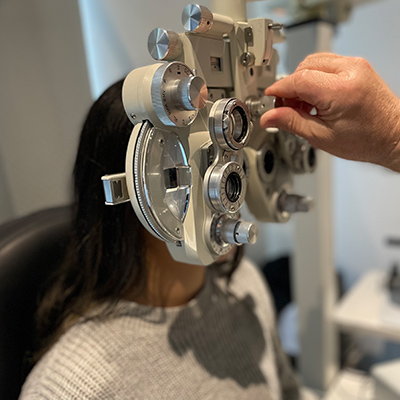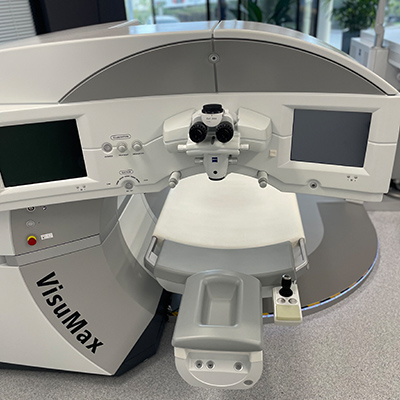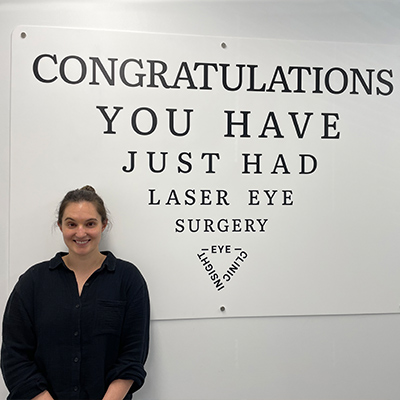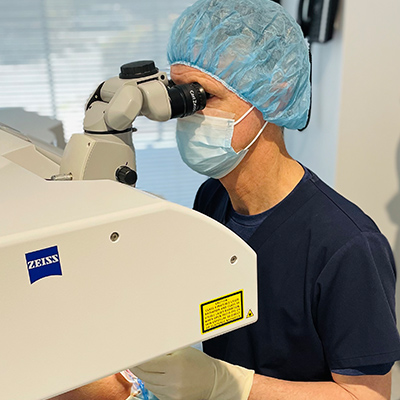ADHD Linked to Vision Issues
Talk of ADHD seems to be everywhere these days. Social media and daily conversations often hold reference to ADHD. The awareness created around this topic is fantastic for teaching people about this disorder. It is helping those without it to understand neurodivergence a little better. So, what a great time to discuss some links between various vision disorders and ADHD that you probably didn’t know about!
The links that will be discussed during this blog might even assist parents/caregivers to seek the correct help that could reduce ADHD symptoms in their little ones. It might even be the missing link for an adult struggling with daily symptoms.

So… What is ADHD?
ADHD stands for attention deficit hyperactivity disorder. It is a neurodevelopmental condition that causes differences in the brain related to attention, behaviour, and activity levels, including impulsivity and hyperactivity.
For many years, people have misunderstood the depth in which ADHD can affect a person. People have believed that it is typically associated with hyperactive children (usually boys) who struggle to focus and complete tasks.
In reality, ADHD is more than being easily distracted and an inability to sit still (which is often just a symptom of childhood). Brain scans comparing the brains of people with ADHD to neurotypical people show several differences. ADHD causes differences in:
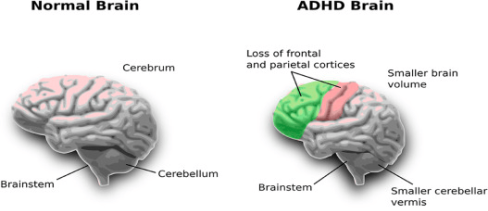 > Brain structure
> Brain structure
> Brain development
> Brain function
What vision issues relate to ADHD?
Various statistical analysis studies showed that there is a higher number of vision disorders related to people with ADHD vs people without ADHD. The most commonly found vision disorders linked were:
 Astigmatism
Astigmatism
An imperfection in the eyes curvature that causes blurred vision. Treatment for astigmatism includes glasses, contact lenses or laser eye surgery.
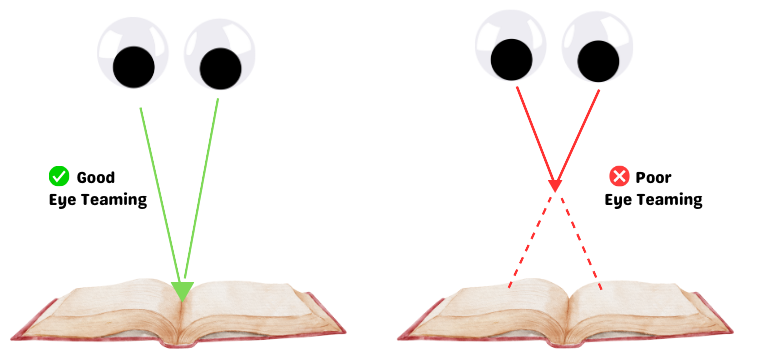 Convergence insufficiency
Convergence insufficiency
The eyes drift outward when reading or doing near point work. This can cause blurry or double vision when you look at things up close, like a book or a smartphone screen.
Treatment includes convergence exercises and, in some cases, a special type of glasses lens that has something called a prism built in.
 Poor focus
Poor focus
Difficulty focusing on a single point, occasionally experiencing double vision.
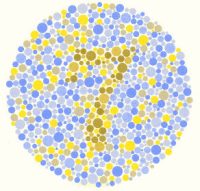 Colour perception
Colour perception
Children with ADHD have been found to score poorly on clinical tests of blue-yellow colour perception, but not red-green.
Studies have found that discrimination along the blue–yellow axis (compared to the red– green axis) is particularly impaired, indicating subtle problems in the blue–yellow mechanism and changes in retinal dopaminergic mechanisms.
The colour blue is processed by the S-Cone which is a short wavelength. A lack in central nervous system dopamine induces an underactive dopamine effect within the retina. In turn, this can have deleterious effects on short wavelengths.
Binocular vision dysfunction (BVD)
 A condition where the eyes are slightly misaligned, and the brain has difficulty matching the images. It can cause symptoms such as dizziness and blurry vision. BVD can exacerbate ADHD symptoms.
A condition where the eyes are slightly misaligned, and the brain has difficulty matching the images. It can cause symptoms such as dizziness and blurry vision. BVD can exacerbate ADHD symptoms.
Treatment for BVD is similar to that of convergence insufficiency and includes vision exercises and a micro-prism in glasses. The micro-prism works by bending the incoming light beam so the brain can easily fuse the images from the 2 eyes.
For those with ADHD linked to BVD, prism glasses can be transformative. Symptoms of ADHD, such as inattention and difficulty staying on task can be significantly reduced by alleviating the visual discomfort and concentration challenges associated.
By addressing underlying vision issues associated with ADHD, improvements to symptoms such as inability to focus and a lack of attention can be treated. It is a testament to the importance of a holistic approach to ADHD.
Interesting Fact
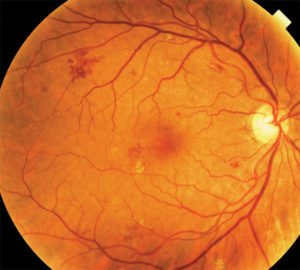
Image of a retina
According to Science Daily: ‘Researchers found that recordings from the retina could identify distinct signals for both ADHD and autism spectrum disorder (ASD), providing a potential biomarker for each condition.’
Isn’t it extraordinary to know that a retinal scan can help towards a diagnosis?!
Helpful links associated with this blog
For whatever reason this is the blog you’ve stumbled across, we hope that the contents have been insightful. Please see the links below to several articles and studies that provide in-depth information on each vision issue linked to ADHD.
Please share this blog with anyone you know who might benefit from it.
It is always important to maintain regular eye health checks with an Optometrist or Vision Therapist.



